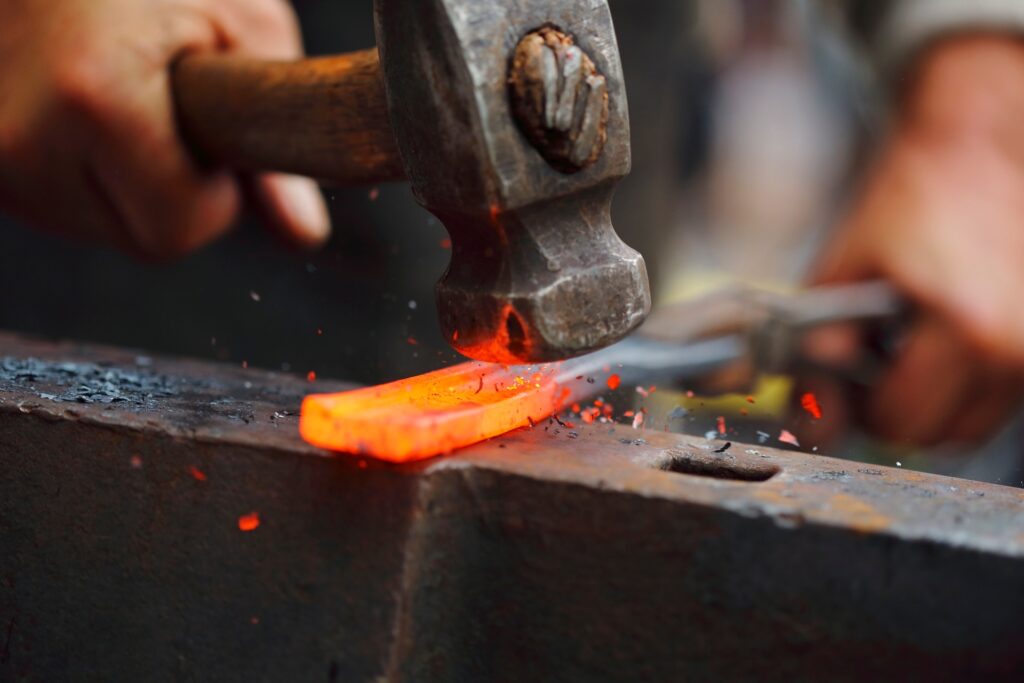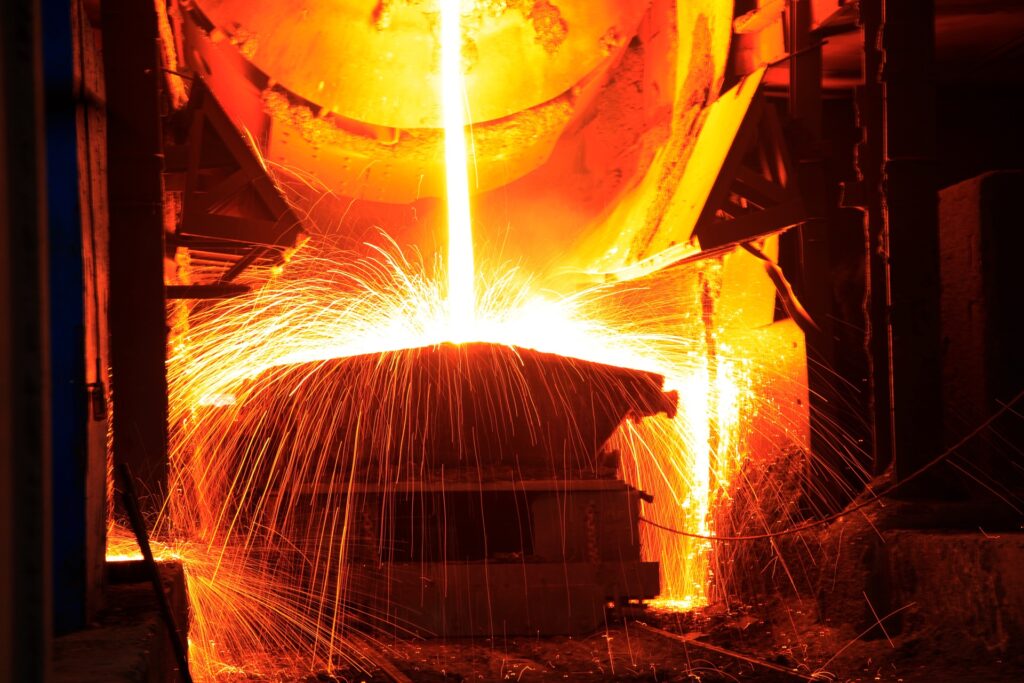There are tons and tons of natural materials that surround us every day and some of the most important ones are ferrous metals. These metals not only are used in our everyday lives in different ways but also help a variety of industries and people.
Below, we go into detail about how what ferrous metals actually are, some of the main types and properties, and their applications.
What Is Ferrous Metal?
A ferrous metal is simply one that has iron as its main constituent or base metal. In other words, iron is the main element of a ferrous metal.
This means that both iron and some iron alloys are considered ferrous metals. Because ferrous metals are abundant across the world, are easy to combine with other metals to form useful alloys, and are relatively easy to make, the production of ferrous metals worldwide greatly exceeds the combined production of non-ferrous metals around the world.
What Are the Types and Properties of Ferrous Metal?
There are 4 major types of ferrous metal: pig iron, cast iron, wrought iron, and steel.
1. Pig Iron
An impure and crude form of ferrous metal that’s the first or basic form when iron is first smelted after being put into a smelting furnace. In this state, it’s not typically useful for most purposes or applications yet.
2. Cast Iron
Made from pig iron, cast iron’s most well-known application is being used to make frying pans. However, it can also be used for automotive parts, railway equipment and parts, agricultural machinery, and piping.
To make cast iron, additional materials like coke and limestone are added to pig iron to help form cast iron.
Cast iron is useable for some applications, but its properties aren’t ideal for widespread applications. Some of the beneficial properties this type of ferrous metal has include:
- Good machinability
- Highly resistant to rusting
- Greater compression strength
However, it does have some notable negative properties including:
- Being hard and brittle in this form
- Unable to be forged, welded, riveted, or magnetized
- Becoming soft in saltwater
- Shrinking easily
- Unsuitable for applications involving impacts
3. Wrought Iron
Wrought iron is the purest form of iron having less than 0.5% of impurities and is a very popular form of ferrous metal. This form of iron is highly valued as it has a significant amount of beneficial properties. Some of these properties include:
- High tensile and compressive strength
- High malleability, ductility, and resistance to corrosion
- High density
- Good resistance to fatigue and sudden shock
Wrought iron is often used in the construction of buildings, railways, and the marine industry. It’s also a popular choice for making plates, sheets, pipes, tubes, etc.
4. Steel
Unlike the rest of the types of ferrous metals listed so far, steel is an alloy of iron and carbon. Steel benefits from having many of the advantageous properties of both cast and wrought iron. For example, it has both high compressive and tensile strength from cast and wrought iron respectively.
Because of this, steel is one of the most widely used alloys in the world. Primarily, it’s used in construction applications for building not just structures, but marine components, automotive parts, and many other kinds of goods and products.
Overall, ferrous metals dominate the modern world with a plethora of uses across a wide variety of industries.

